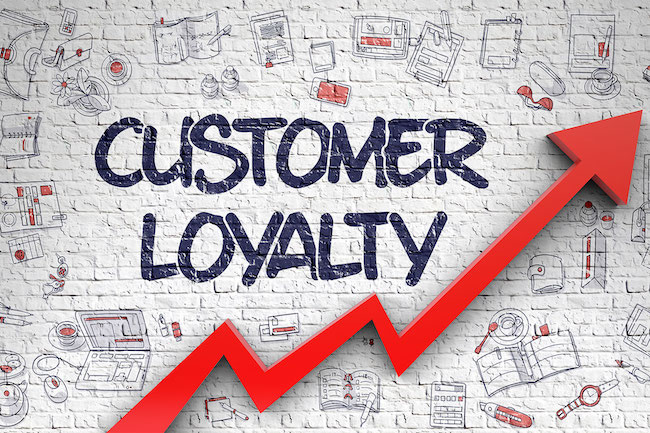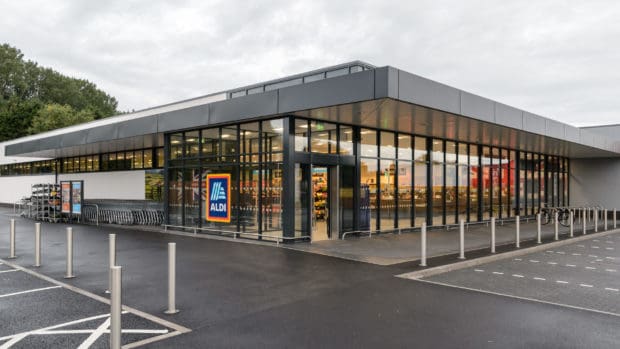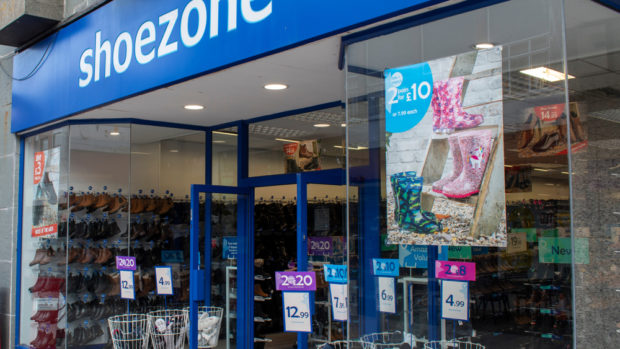
New data from digital transformation consultancy Daemon reveals that while discounts are still a primary motivator for shoppers, willingness to share certain information and the changing retail landscape is reshaping consumer loyalty.
Across generations, discounts are a common theme. 61 per cent of GenZ, 67 per cent of Millennials, and 65 per cent of Baby Boomers say special discounts are the top reason that would keep them shopping with a retailer. Despite this, there are varying degrees of willingness to share personal information in exchange for these benefits.
Over half – 58 per cent – would provide their email address to receive a 25 per cent discount on their next purchase, making it the most popular incentive. However, only one in ten (9 per cent) would share their social media profile for the same offer. When it comes to faster checkout times, only a quarter (25 per cent) would provide their email address for this, but 52 per cent would not give up any personal information to receive this perk. Further, only 10 per cent would be willing to give up their date of birth for a faster checkout time but 24 per cent would be willing to give up this information for a discount or free products.
Generational differences further highlight the privacy vs perks dilemma. To receive free products, 30 per cent of GenZ would share their phone number but only 13 per cent of Baby Boomers would do the same. Comparatively, 32 per cent of Millennials would share their address compared to 25 per cent of GenZ and only 19 per cent of Baby Boomers. Similarly, for early access to sales, 44 per cent of GenZ and 41 per cent of millennials would share their email address but only 29 per cent of Baby Boomers would do the same.
Kyle Hauptfleisch, Chief Consulting Officer, Daemon comments, “These findings highlight that consumers value their personal data differently across generations. Younger shoppers are more open to sharing information like phone numbers for perks, while older generations tend to hold back, even for a reward. Given the generational differences, retailers need to balance perks with trust and tailor incentives to different demographics, based on consumer insights. ”
The online grocery opportunity
The pandemic caused a seismic shift in grocery shopping habits with online shopping surging between March 2020 and summer 2021. During that period, 17 per cent did their grocery shopping online exclusively, compared to just 4 per cent pre-pandemic. Now this figure is back down to 5 per cent, with a slight regional spike to 8 per cent in areas like East of England, Yorkshire & Humberside and the West Midlands.
Meanwhile, in-store shopping remains dominant, with 36 per cent of consumers currently shopping this way. This figure climbs to 46 per cent in the North East, and 42 per cent in the North West and Wales.
When choosing where to shop for groceries in-store, price ranks the most important (59 per cent), followed by convenience (56 per cent), product availability (53 per cent). However online, convenience ranks most important (49 per cent), followed by price and delivery experience (46 per cent).
Lower delivery fees would make 40 per cent more likely to shop for groceries online more frequently, followed by better deals online (34 per cent) and removal of the minimum spend requirement (28 per cent).
“While online grocery shopping has swiftly shifted back to pre-pandemic norms, continues Hauptfleisch, there is a small window of time to capitalise on a precedent set during the pandemic. The potential has been validated and—with some careful consideration to online deals, and creatively addressing delivery costs—there is an opportunity for retailers to differentiate and gain market share. ”
Loyalty is the key to building consumer trust
Despite the growing hesitancy around sharing personal information, loyalty programmes remain central to retail success – but the trust gap persists. While 21 per cent of consumers say loyalty cards make them more likely to shop with a retailer, just one in ten (11 per cent) believe that prices offered through loyalty cards are a lot lower. This highlights consumer scepticism in loyalty schemes, despite their importance in driving shopper retention.
Supermarkets, in particular, have a strong foothold in loyalty programme participation, with 82 per cent of Brits holding a loyalty card and 77 per cent using it every time they shop. Restaurants and cafes follow while sectors like home/DIY stores lag behind, with just 18 per cent holding a loyalty card for and 57 per cent using the card consistently. Petrol stations and salons see even lower engagement, suggesting opportunities for growth in these areas.
Hauptfleisch comments, “Consumers today are increasingly aware of how loyalty schemes work – and quick to notice when they don’t receive the deals they expect. This makes getting loyalty programmes right essential for retailers. What’s key here is trust: loyalty programmes act as a bridge between retailers and customers but for that bridge to hold, it must be built on transparency, authenticity and genuine value. While investing in loyalty initiatives can be costly, the greater risk is in neglecting them, leading to a loss of customer confidence.”








Share